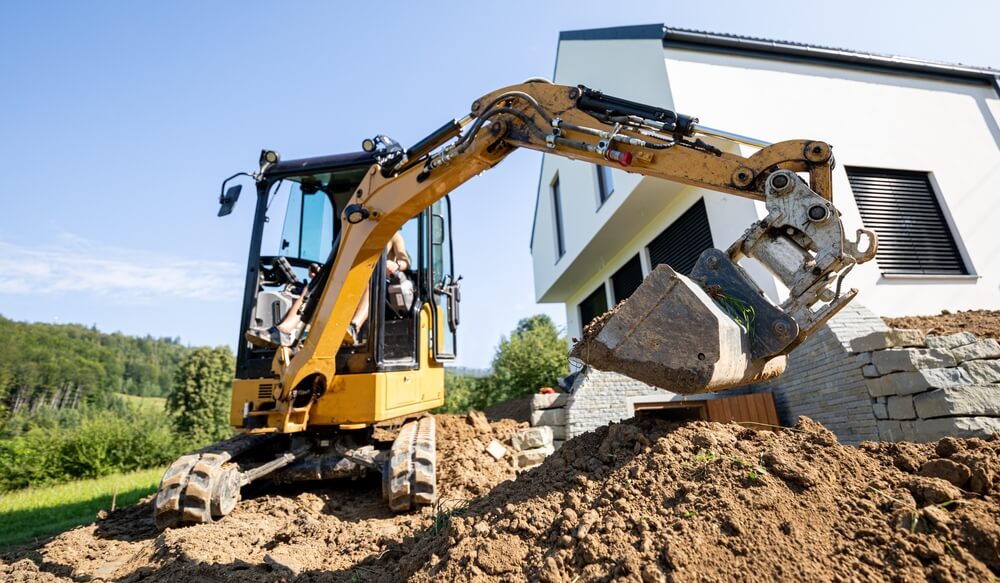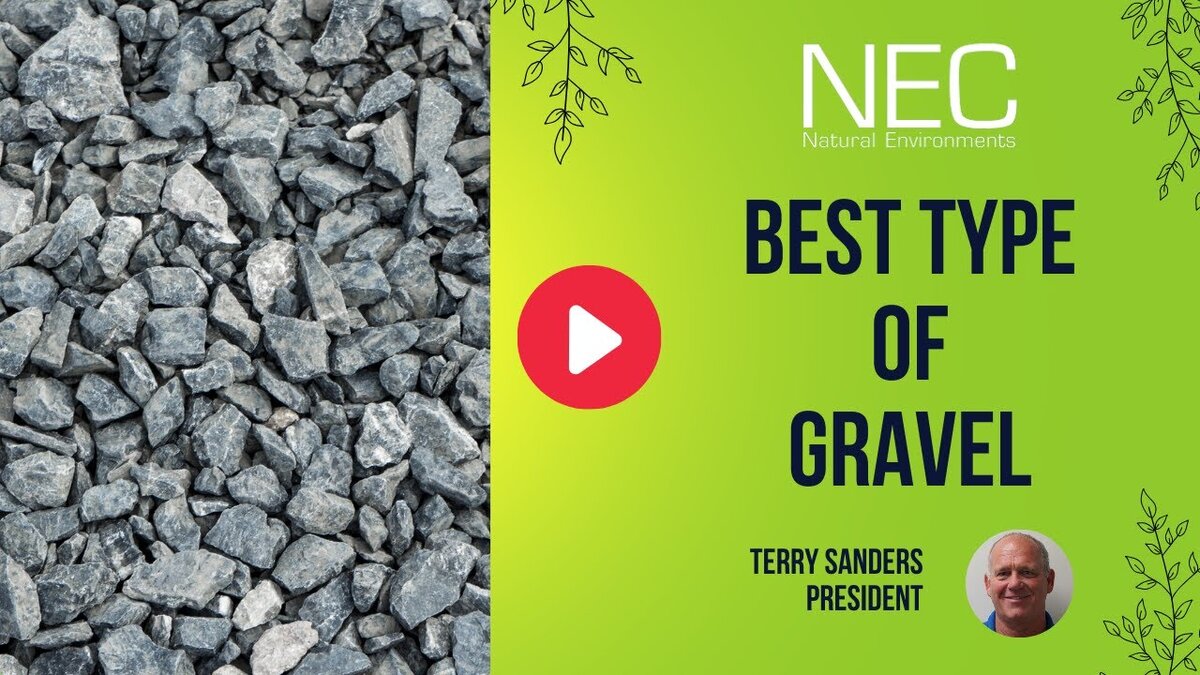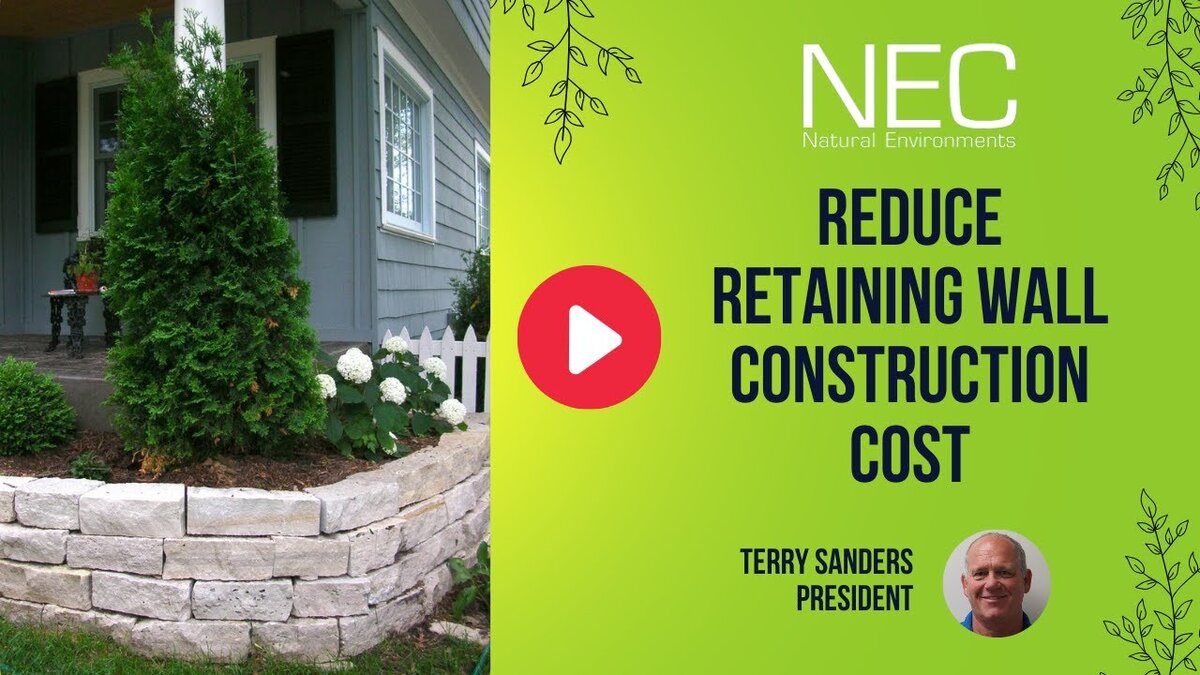Constructing a retaining wall is essential for stabilizing soil and managing sloped areas in both residential and commercial settings. This project requires precise preparation, beginning with an understanding of the soil excavation needed to accommodate the wall and its supporting elements. This blog post explores the crucial factors and considerations that influence the volume of soil that must be excavated.
Factors Influencing Excavation for Retaining Walls

Site Assessment and Existing Grades
The primary determinant of the amount of soil that needs to be removed is the site itself. The location of the retaining wall relative to the current land grades plays a critical role. A thorough site assessment must be conducted to evaluate the topography and existing slopes where the wall will be placed. This initial assessment helps in estimating the preliminary volume of soil excavation needed.
Minimum Excavation Requirements
Accommodating Wall Materials and Drainage Systems
To ensure stability and longevity, a retaining wall must be built with not just the wall material in mind but also an efficient drainage system behind it. Typically, there should be at least 2 feet of space from the face of the wall to the back where the drainage rock will be placed. This minimum space is necessary to house the wall materials and the drainage infrastructure, which helps prevent water accumulation that could lead to structural failures.
Calculating the Volume of Soil to Be Excavated
The actual volume of soil to be removed can vary significantly based on several factors:
Type of Retaining Wall Material
The choice of material for the retaining wall—be it concrete blocks, stones, or wood—can affect the thickness and hence the footprint of the wall. Each material has a different thickness requirement, which influences the total excavation depth.
Size and Scale of the Project
Larger walls supporting greater loads will require more robust foundations and consequently more extensive excavation. The length and height of the wall directly impact how much soil needs to be dug out.
Existing Soil Conditions
The type of soil, whether it’s loose and sandy or hard and clayey, also affects the excavation process. Softer soils might require additional excavation to ensure a stable base for the wall.
Practical Steps in the Excavation Process
- Initial Site Survey: Conduct a detailed survey of the area to understand the natural landscape and soil composition.
- Marking the Excavation Area: Clearly define the boundaries where the excavation will occur, considering both the wall thickness and the necessary space for drainage.
- Excavation and Material Removal: Begin the excavation process, systematically removing the soil to reach the required depth and width. This step might also involve the removal of rocks and roots that could interfere with the wall construction.
- Preparing the Base and Drainage: After excavation, the next step is to prepare the base for the wall. This involves laying a sturdy foundation that can support the weight of the wall and backfilling with gravel or similar materials to ensure proper drainage.
Conclusion


The excavation process is critical in the construction of a retaining wall, and the volume of soil removed is dependent on various factors including site conditions, wall materials, and design specifications. Proper planning and execution of these steps are essential to ensure the structural integrity and effectiveness of the retaining wall. By understanding these elements, homeowners and builders can better prepare for the demands of this construction phase, ensuring a durable and functional retaining wall that blends seamlessly with the landscape. For further information or assistance with your retaining wall project, please do not hesitate to contact Natural Environments Corporation today, we are ready to help.



